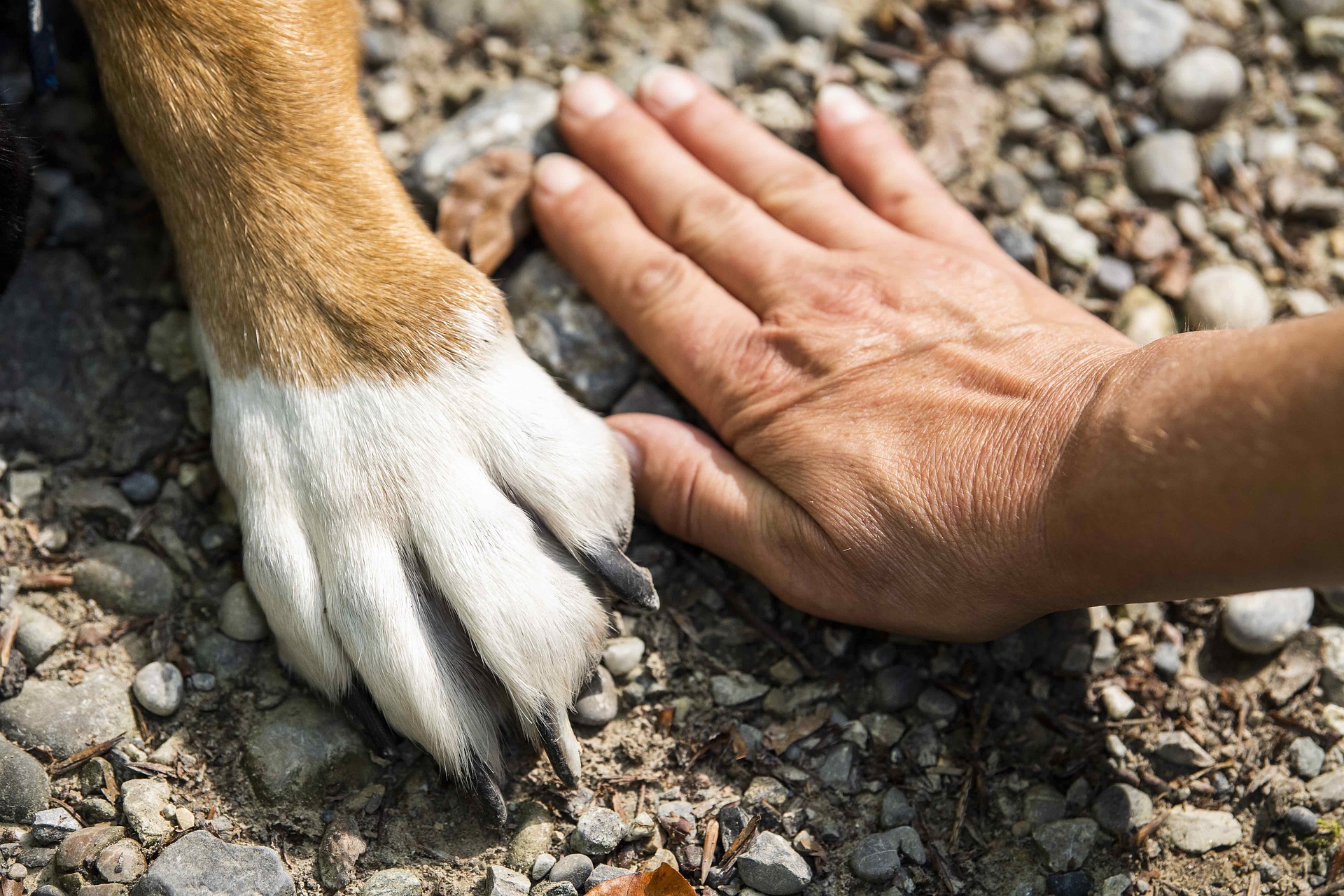The Ultimate Guide to Basic Dog Training Techniques
Dog training hand signals provide a visual form of communication that can be incredibly effective, especially in noisy environments or when your dog is at a distance. Hand signals leverage dogs’ natural ability to read body language, often making them more intuitive for canines than verbal commands alone. Begin with basic signals paired with verbal cues, such as an open palm facing upward for “sit” or an extended arm with palm facing outward for “stay.” Consistency is crucial—always use the same hand position for each command to avoid confusing your dog. Over time, many dogs respond more reliably to hand signals than to verbal commands, particularly in distracting environments or if your dog experiences hearing loss later in life.

Dog training forms the cornerstone of a harmonious relationship between humans and their canine companions. Successful training goes beyond simple obedience—it establishes clear communication, builds trust, and ensures your dog’s safety in various situations. The key to effective training lies in understanding your dog’s learning patterns, maintaining consistency, and using positive reinforcement methods that encourage desired behaviors while discouraging problematic ones.
Mastering Basic Commands First
Building a solid foundation starts with essential commands that every dog should know. The “sit” command serves as the gateway to more complex training, teaching your dog impulse control and attention. Begin by holding a treat close to your dog’s nose, slowly lifting it over their head until they naturally sit, then immediately reward and praise. The “stay” command builds on this foundation, requiring your dog to remain in position until released. Start with short durations and gradually increase the time as your dog becomes more reliable.
The “come” command proves crucial for safety, especially in off-leash situations. Practice in a secure, enclosed area using an enthusiastic tone and rewarding your dog generously when they respond. The “down” command teaches submission and calm behavior, particularly useful in situations requiring your dog to settle. These fundamental commands create the building blocks for all future training endeavors.
Understanding Dog Training Hand Signals
Visual communication through hand signals provides an invaluable training tool that transcends verbal commands. Dogs naturally respond to body language and visual cues, making hand signals particularly effective for distance training or situations where verbal commands aren’t practical. The raised palm signal for “stay” creates a clear visual barrier, while pointing downward for “down” provides an intuitive gesture most dogs quickly understand.
Combining verbal commands with consistent hand signals strengthens your dog’s understanding and response reliability. Start by introducing hand signals alongside familiar verbal commands, ensuring the gesture remains consistent each time. Practice in various environments to help your dog generalize the signals across different contexts. Over time, many dogs respond more quickly to visual cues than verbal ones, making this dual approach highly effective.
Choosing Effective Training Treats
The right training treats can significantly impact your dog’s motivation and learning speed. High-value treats—those your dog finds irresistible—work best for training sessions. Small, soft treats that can be consumed quickly prevent interrupting the training flow and maintain your dog’s focus. Consider your dog’s dietary restrictions and preferences when selecting treats, ensuring they’re healthy and won’t cause digestive issues.
Timing proves crucial when using treats effectively. Reward immediately when your dog performs the desired behavior, creating a clear connection between action and reward. Gradually reduce treat frequency as behaviors become established, transitioning to intermittent reinforcement that maintains the behavior long-term. Keep training sessions short and positive, ending on a successful note to maintain your dog’s enthusiasm for future sessions.
Using Clicker Training for Precision
Clicker training offers precise timing and clear communication that enhances traditional training methods. The distinct clicking sound marks the exact moment your dog performs the desired behavior, followed immediately by a treat reward. This precision helps dogs understand exactly which action earned the reward, accelerating the learning process significantly.
Begin clicker training by establishing the connection between the click sound and treats. Click and immediately treat several times until your dog shows excitement upon hearing the click. Then incorporate the clicker into command training, clicking the moment your dog completes the desired action. The clicker’s consistency eliminates confusion that can arise from varied vocal tones or timing delays in verbal praise.
Addressing Behavioral Issues Through Training
Common behavioral problems often stem from unmet needs, lack of structure, or inconsistent boundaries. Excessive barking, jumping on people, and destructive chewing typically respond well to redirected training approaches. Instead of simply correcting unwanted behaviors, provide alternative actions that satisfy your dog’s underlying needs while meeting your household requirements.
Consistency across all family members proves essential when addressing behavioral issues. Mixed messages confuse dogs and slow progress significantly. Establish clear household rules and ensure everyone follows the same training protocols. Address behavioral problems early before they become deeply ingrained habits, as prevention proves far easier than correction.
| Training Method | Provider/Resource | Cost Estimation |
|---|---|---|
| Group Classes | PetSmart Training | $119-$169 per 6-week course |
| Private Sessions | Local Certified Trainers | $75-$150 per hour |
| Online Programs | Zak George’s Training | $47-$97 monthly subscription |
| Board and Train | Specialized Facilities | $1,500-$5,000 per 2-4 weeks |
Prices, rates, or cost estimates mentioned in this article are based on the latest available information but may change over time. Independent research is advised before making financial decisions.
Successful dog training requires patience, consistency, and understanding of your individual dog’s personality and learning style. Every dog progresses at their own pace, and what works for one may need adjustment for another. Regular practice, positive reinforcement, and clear communication form the foundation of effective training relationships. Remember that training is an ongoing process that strengthens the bond between you and your dog while ensuring their safety and your mutual enjoyment of life together.




